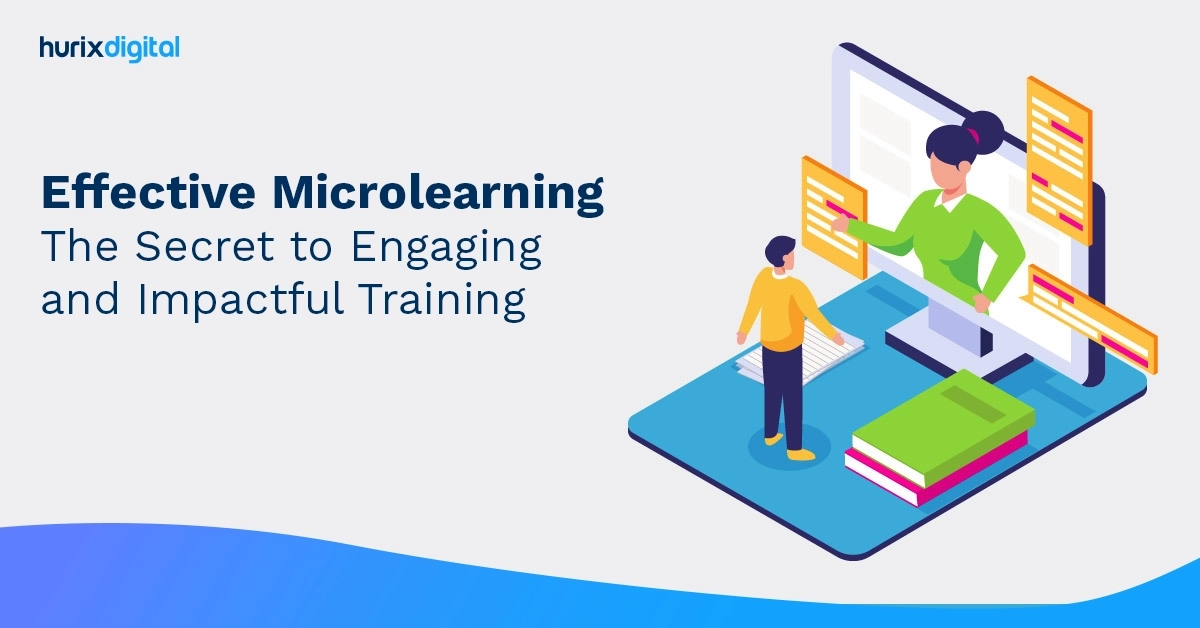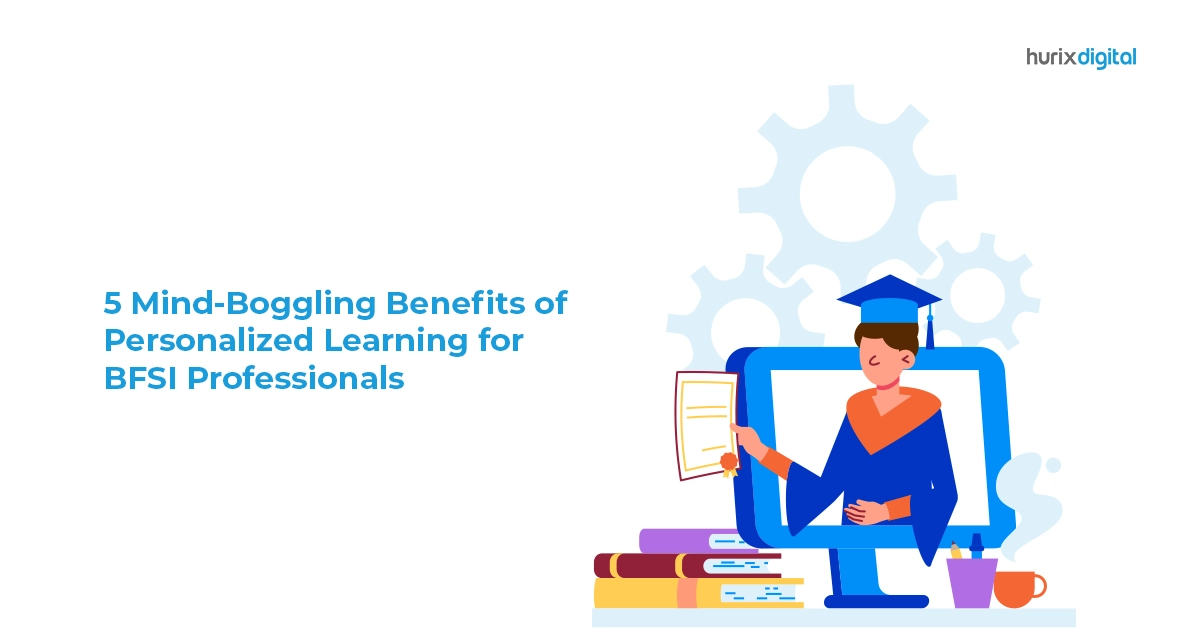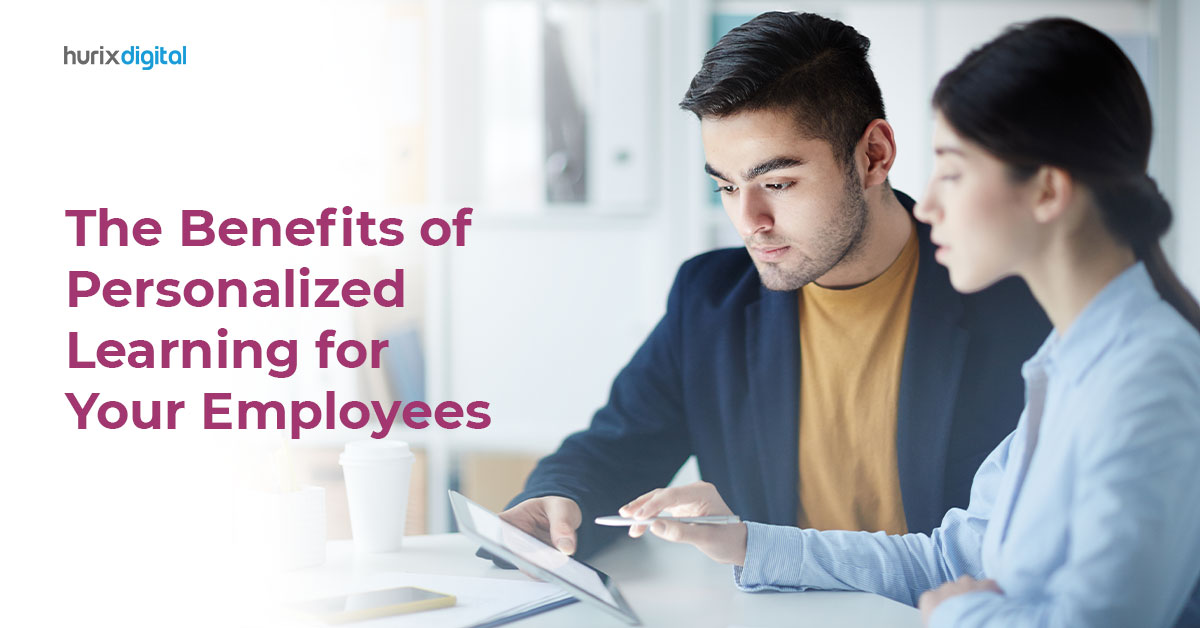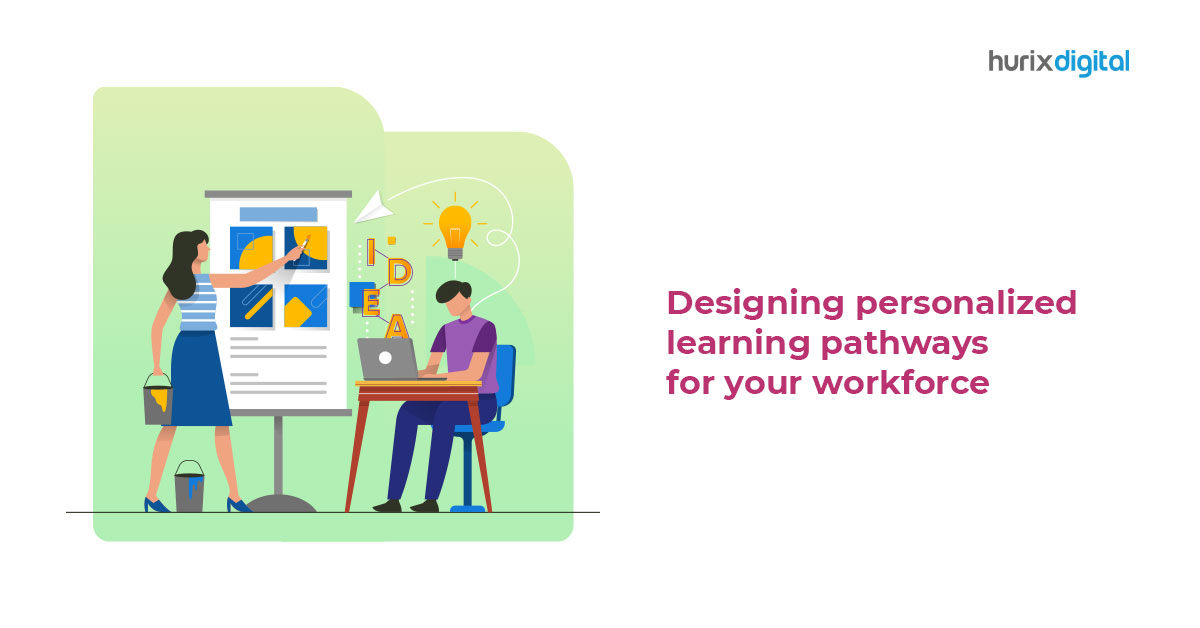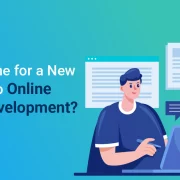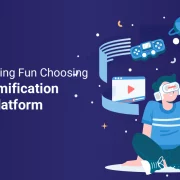
How to Enable Personalized and Adaptive Learning in K-12 Education
Gone are the days when K-12 education followed a one-size-fits-all approach. With learners clamoring for more engaging, impactful training sessions, institutions are experimenting with innovative methods to make their classroom sessions more interesting. Although the phrases personalized and adaptive learning have recently made their way into the K-12 lexicon, its effects are far-reaching.
Table of Contents:
- What is Personalized Learning?
- What is Adaptive Learning?
- How to Make K-12 Education Personalized and Adaptive
1. Blended Learning Paves the Way
2. Content Management System Holds the Key
3. Make Room For Guided Inquiry Design - Conclusion
Personalized and adaptive learning is gradually redefining the K-12 education landscape. A study conducted by Pane and RAND researchers on 11,000 students at 62 schools found that learners exposed to personalized learning approaches are better equipped to handle math and reading than other students. It also found that the more they are exposed to personalized learning, the more significant is their cognitive development and achievement growth. The study prompted Facebook chief Mark Zuckerberg to declare that he can go the extra mile to bet big on personalized learning’s future.
By now, you must have got adequately sensitized to understand the positive effects of personalized and adaptive learning. But, the question arises – how can you introduce these educational methods in your K-12 institution? The answer is contained in the following sections. Read on to know the best ways to enable personalized and adaptive learning in K-12 education for proven results.
But, before delving deeper, let’s understand the definition and scope of personalized and adaptive learning in brief.
What is Personalized Learning?
Personalized learning is a relatively modern technique of making education more impactful and learner-centric. While in a generic classroom, teachers typically deliver lectures in an impersonal way, in personalized learning, they tweak the teaching methodology to cater to each learner uniquely. To do this, the teacher identifies each learner’s strengths, weaknesses, desires, and skills. The comprehensive review of a student’s cognitive prowess helps the teacher design the lesson appropriately so that the learner feels engaged and motivated to learn.
Personalized learning has multiple benefits. Since every student gets ample time to interact with teachers, they can quickly clarify their doubts. While conventional educational programs focus on learners’ weaknesses, personalized learning identifies the strengths and interests of each learner and empowers them to work on their weaknesses.
What is Adaptive Learning?
Adaptive learning is an inclusive educational strategy that helps teachers identify each child’s unique abilities and suit the content to help them achieve excellence. It generally follows personalized education, improves learner engagement rates, and scales up their confidence.
Technology has made adaptive learning considerably easy for educational institutions. Instead of asking students to respond manually, a software does the complex calculations and provides the trainer with an accurate insight into a learner’s capabilities and interests.
Simply put, adaptive learning is making the educational content more technology-led, learner-centric, culturally sensitive, and sustainable.
Now that you know what personalized and adaptive learning is, let’s understand the best ways to incorporate these techniques to make K-12 education world-class.
How to Make K-12 Education Personalized and Adaptive
1. Blended Learning Paves the Way
With computers and smartphones becoming more powerful than ever, learners gradually shift towards these electronic devices to fulfill their entertainment needs. However, these devices can be your trusted aide to make learning personalized and adaptive.
Blended learning refers to the combination of in-person teaching sessions and digital education tools, such as web conferences, simulations, eBooks, online science experiments, games, and more. Blended learning makes learning holistic since you can control or assist the learners even from a distance. As learning becomes more immersive, learners feel more connected to your institution and grasp the true essence of the training programs.
Blended learning offers many significant benefits, including higher engagement rates, more learner autonomy, better comprehension, excellent time management, and a safer learning environment. Hence, it gives you the right thrust on your K-12 institution’s journey on the path of personalized and adaptive learning.
2. Content Management System Holds the Key
When it comes to managing the content, institutions and learners find it overwhelming to access the vast data repository. High-quality content combines video, audio, text, eBooks, and whatnot. And shifting between so many content types may confuse the learners, forcing them to move away from learning and waste time on unproductive activities.
Educational content management platforms manage content efficiently. All you need to do is create an account and provide access keys to the students and teachers. Teachers may upload different types of content, including PDF, PPT, video, audio, eBook, documents, etc., and create a multi-content playlist. Once learners enter the platform after validating their login credentials, they can access the resources posted by the teachers and watch them all in quick succession, seamlessly. You may also create tests and quizzes to help them evaluate their understanding. Advanced analytics makes it easy for the management to check students’ progress and modulate the training program.
3. Make Room For Guided Inquiry Design
Guided Inquiry Design is a vital aspect of personalized and adaptive learning. Simply put, it is the process of making a course more appealing to students by giving them the authority to design the course. When your learners feel that the course is for them, they take an active interest in it, and learning becomes seamless.
Here is how educational institutions include Guided Inquiry Design in course designing to make learning more personalized and adaptive.
- Start – Here, the trainer introduces the broad concept before taking up a particular topic. For example, if you want to teach students about parts of speech, you may start with a brief idea of grammar.
- Immerse – After learners understand the basics, you can expose them to interesting facets of the topic. For instance, you may show your students an animated movie explaining the concept of parts of speech.
- Explore – Expose learners to various types of resources like eBooks, quizzes, audio, video, etc., to let them explore the concept in greater detail.
- Formulate – Here, learners prepare themselves to ask relevant questions about the topic they have learned. After framing the questions, they look for like-minded individuals with similar questions.
- Collect – After framing the questions, learners strive to find answers. They might seek the help of teachers to find solutions.
- Create – Learners frame materials by putting the questions and answers correctly. The study material they create helps them make learning personalized and has the potential to support others.
Conclusion
Personalized and adaptive learning holds the key to a future-ready K-12 institution. You can truly transform the learning experience for your students with this learning approach. Keep an eye for the latest trends and make learners the sole focus of your educational institution. Students expect the learning to be interactive, immersive and easily accessible on demand. Personalized learning helps them connect with the learning content on a deeper level and this eventually translates into improved academic performance.

Senior Vice President
A Business Development professional with >20 years of experience with strong capability to sell new solutions and develop new markets from scratch. New Market Entry Specialist with experience of working in two of the largest emerging markets – China & India. Also covered other key markets in APAC, US, EU & ME. Exceptional experience of conceptualizing, ideating and selling new learning technologies like VR AR, etc. across multiple industry verticals.
